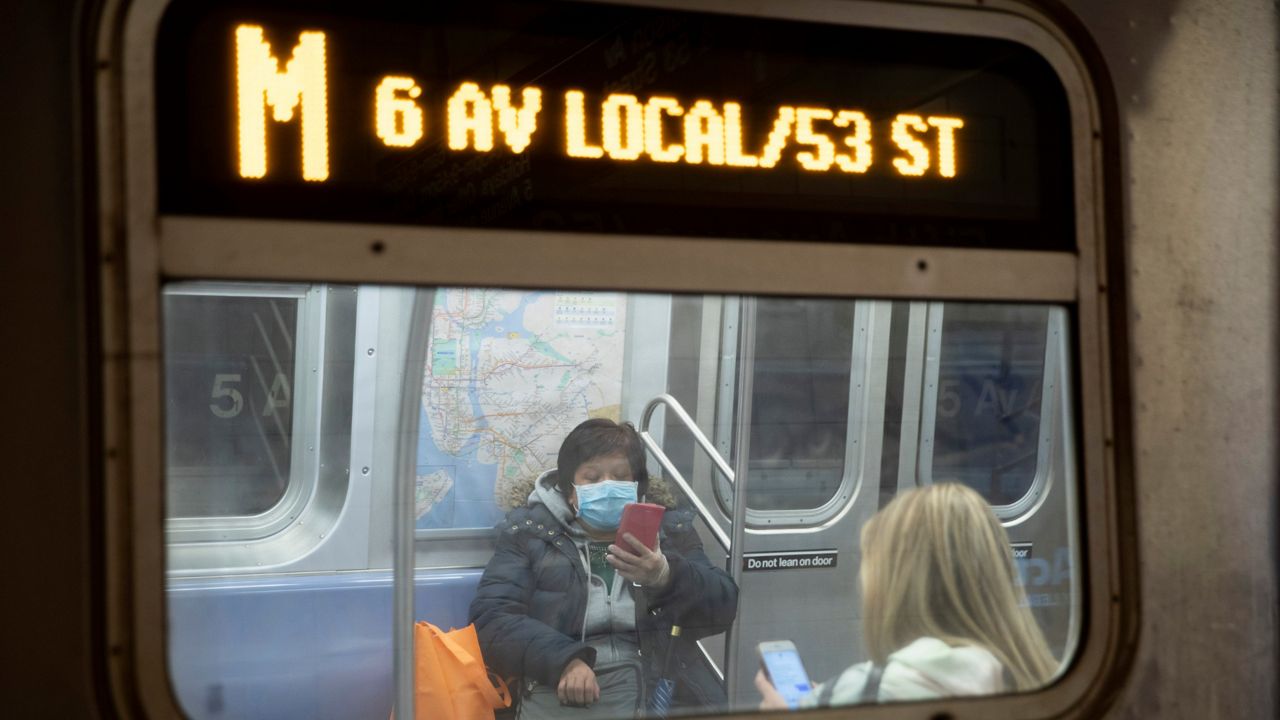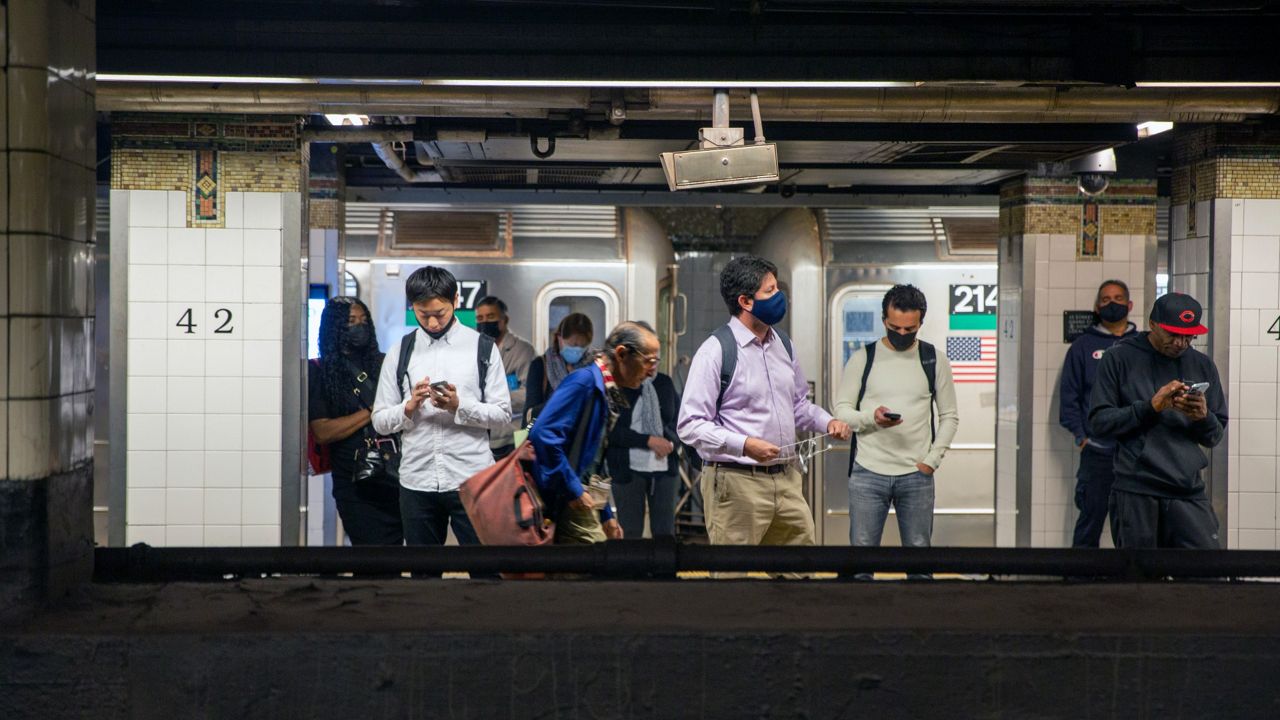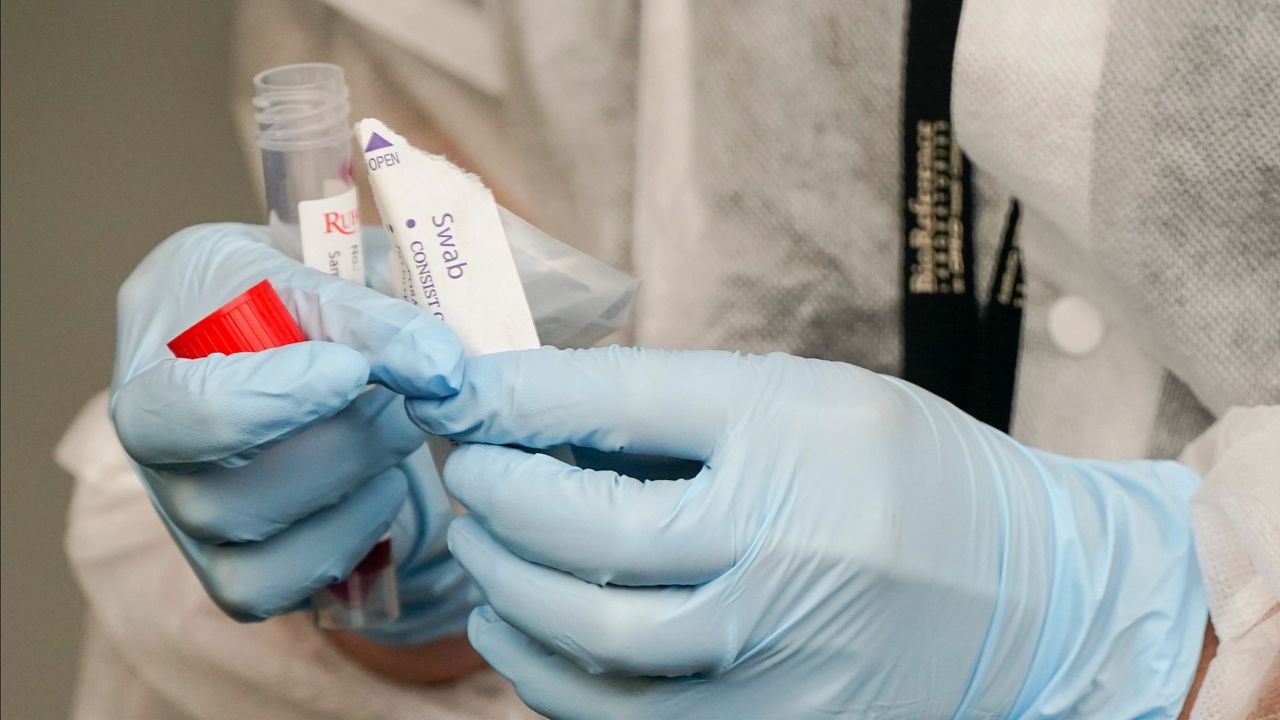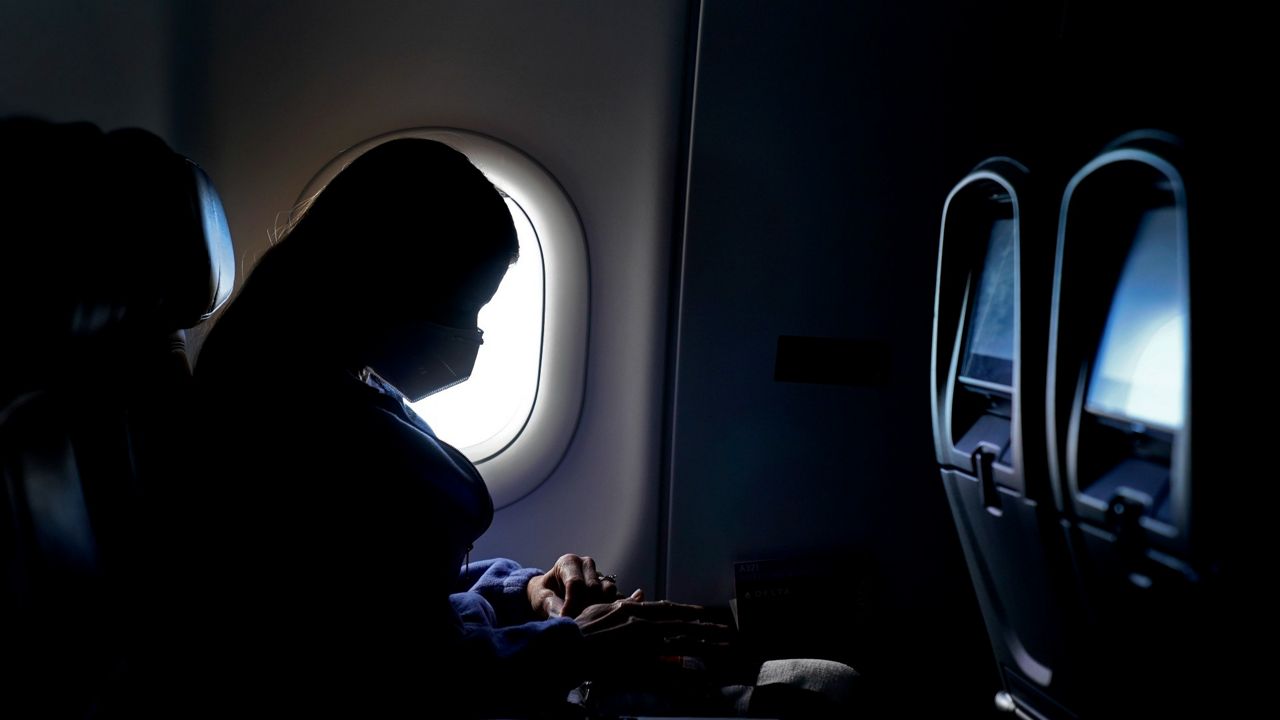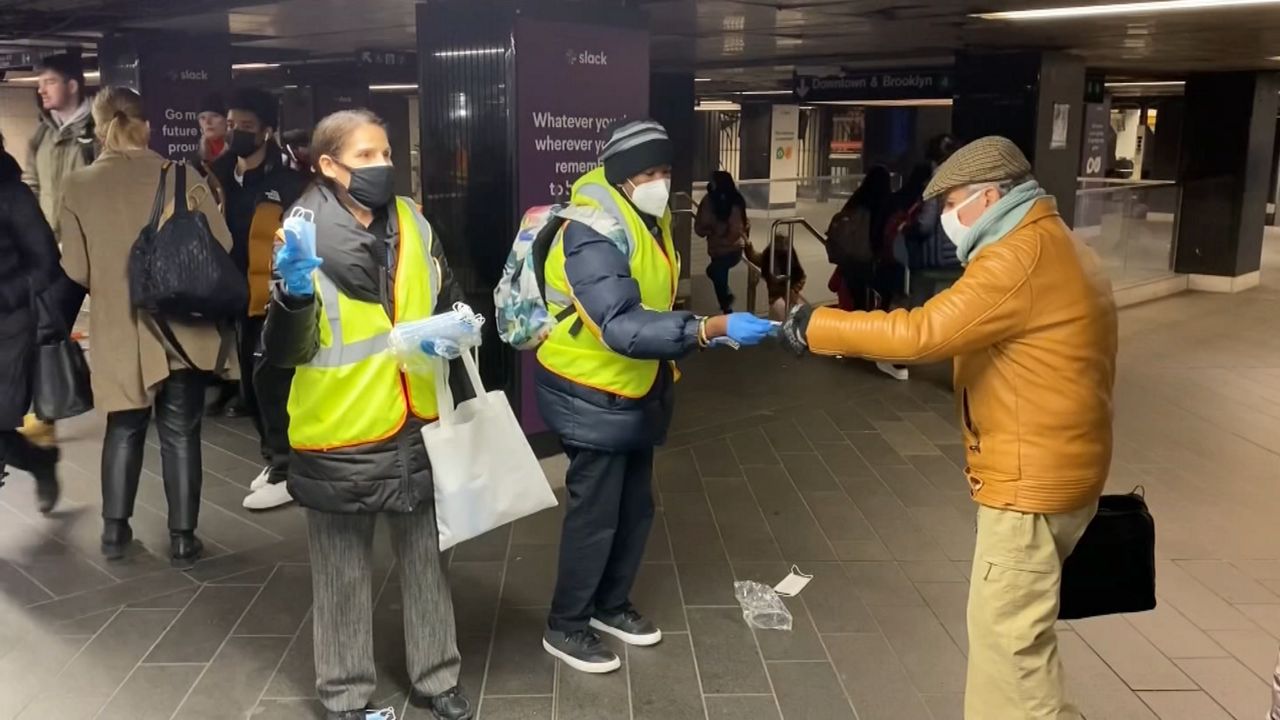A review of mass transit systems in the U.S. and around the world found a low risk of contracting coronavirus from a subway or bus, according to a report from Sam Schwartz, an engineer and former city traffic commissioner.
Schwartz found no clear connection between the rise and fall of COVID-19 cases and public transit ridership.
One reason: New Yorkers keep to themselves while commuting, and avoid talking on transit.
"All the clusters are restaurants, in bars, in houses of worship—places where people talk, where people talk loudly," Schwartz told NY1. "The thing that we got going for ourselves in the subway and other places—people don't talk to each other. If we're not talking, we're not sending out those particles that can infect others."
In New York, the report cites cases of COVID-19 falling dramatically, while subway and bus ridership were gradually increasing.
In cities in the northeast, like Hartford, Ct., ridership has grown since the peak of the pandemic, but case rates have dropped. By contrast, transit ridership in cities in the South and Midwest was consistent while cases increased.
Many of the 15 U.S. metro areas with the highest COVID-19 case rates had fewer than one percent of travelers using public transit, the report said.
In Asia, cities including Tokyo and Hong Kong saw public transit ridership rebound stronger than New York, while infection rates stayed low. An uptick in cases in Seoul and South Korea was attributed to nightclub visits, not transit, according to the report.
The MTA has stepped up its disinfection of buses, subway cars and stations, while requiring every rider to cover their face, under penalty of a $50 fine.
"It's mask compliance that is clearly the most single most important thing, all research agrees on it, including the Sam Schwartz report," MTA Chairman Pat Foye said. "Customers can protect themselves, they can protect their fellow commuters and, importantly, our employees."
MTA ridership has been gradually increasing, but subway ridership is still down nearly 70%, from pre-pandemic levels.




